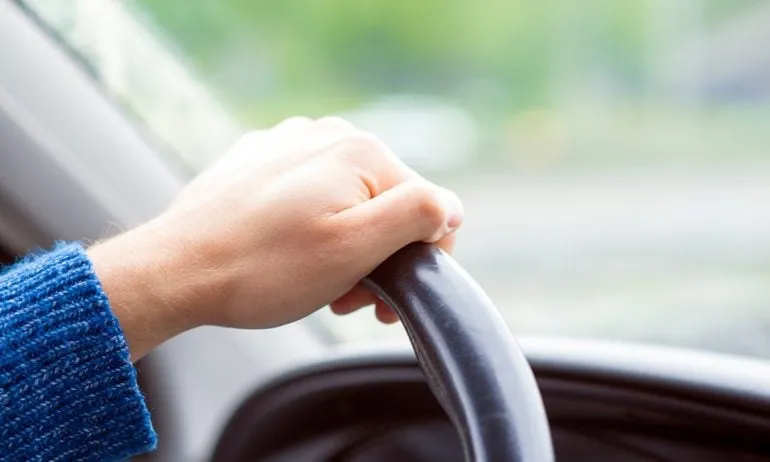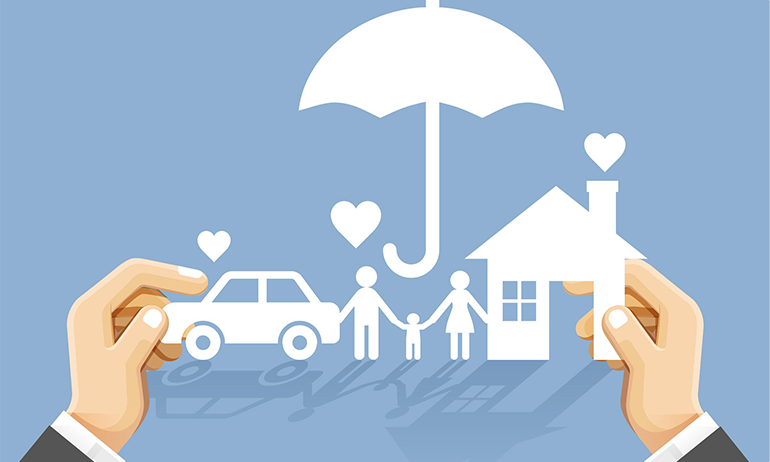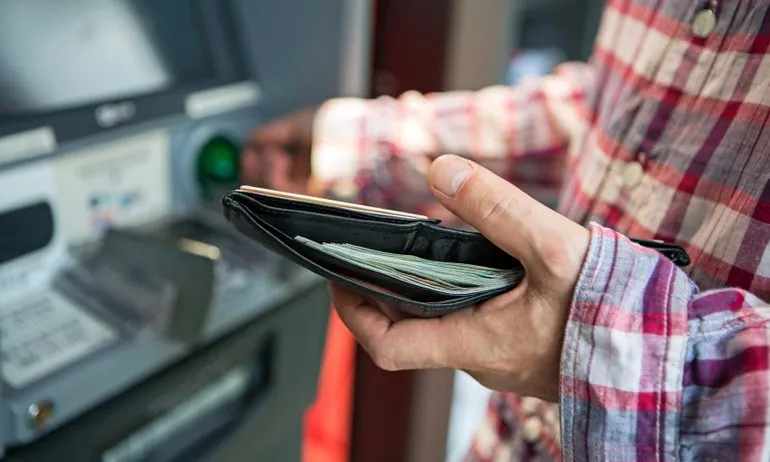Regions and Urban Centers with the Highest Percentage of Households Without Bank Accounts

The Hidden Costs of Living Unbanked
While your friendly neighborhood bank might offer complimentary coffee and tasty treats, the real benefits extend far beyond these perks. For many, these services include free check cashing, accessible loans at competitive interest rates, and essential financial tools. Yet, for the staggering 9.5 million households across the United States navigating life without a bank account, these crucial offerings come at an exorbitant price. According to a recent NerdWallet analysis, the financial burden piles up, leaving these families to wrestle with annual costs that can reach into the hundreds of dollars.
The Shifting Landscape of Banking Access
The Federal Deposit Insurance Corporation (FDIC) reported in its 2013 National Survey that 7.7% of U.S. households were unbanked, a figure that has seen a slight decline over the years as it dropped to 7% by 2015. This trend indicates a slow but steady increase in households engaging with financial institutions, yet those who remain on the sidelines miss out on opportunities to build savings and improve their credit through secured credit cards. Moreover, they lack the sophisticated fraud protections that come with federally insured banks, as well as the time-saving perks of online and mobile banking options.
The Cost of Going It Alone
For those without bank accounts, alternative financial services often come with steep fees. NerdWallet calculates that unbanked households utilizing prepaid debit cards without direct deposit pay an eye-watering average of nearly $489 in annual fees. Even those with direct deposits still face significant costs, averaging around $197 per year. This reality paints a stark picture of the hidden financial struggles faced by many families, dramatically impacting their yearly budgets.
Mapping Out the Financial Impact
An examination of how these fees affect families reveals varying impacts across different states. By visualizing the cost as a percentage of the average income for unbanked households, we can see how financial burdens vary by region. States where the unbanked population is more prevalent, particularly in the South and Southwest, also show some of the highest percentages of households without bank accounts. As the maps below demonstrate, in places like Mississippi and Louisiana, unbanked families pay a heavy toll for their financial exclusion.
Understanding the Demographics Behind Unbanked Households
Unbanked households are not just a statistic; they reflect broader socio-economic trends. Research indicates that minority communities are often disproportionately represented among these households. For instance, in 2013, more than 20% of black households were unbanked, compared to less than 3% of Asian households. This demographic landscape highlights the compounded struggles many face in accessing basic financial services.
The Role of Access and Technology
The absence of local bank branches greatly exacerbates the challenges faced by unbanked families. In many mid-South regions, over half of ZIP codes are categorized as "bank deserts," hosting little to no banking resources. The reliance on digital channels for banking deepens the divide for those in areas with limited internet connectivity. Evidence indicates that approximately 27% of households in cities like Memphis lack internet access, making it even harder for them to secure banking services.
A Call to Confront Financial Inequality
The reality for unbanked households is sobering: restricted access to affordable financial services often leads to a cycle of economic hardship that can last for generations. Bridging this gap requires concerted efforts from financial institutions, community organizations, and policymakers alike, aimed specifically at fostering financial inclusion and ensuring that every individual has a fair shot at building a secure financial future.








